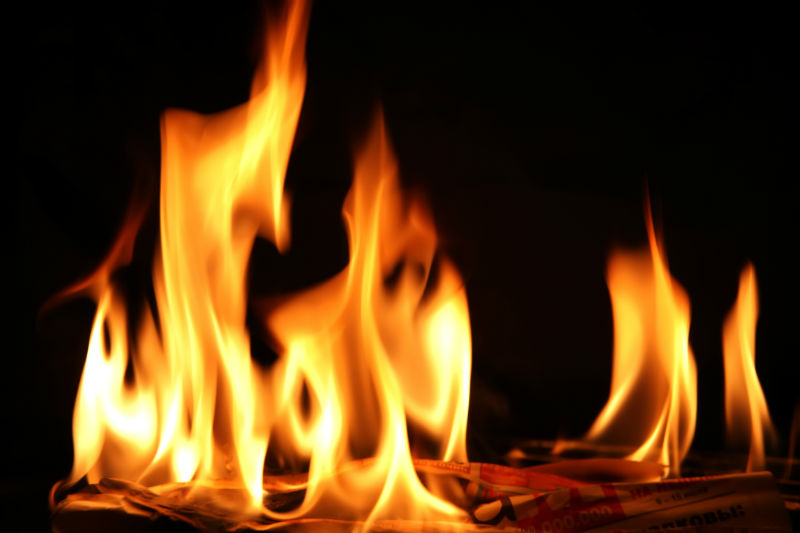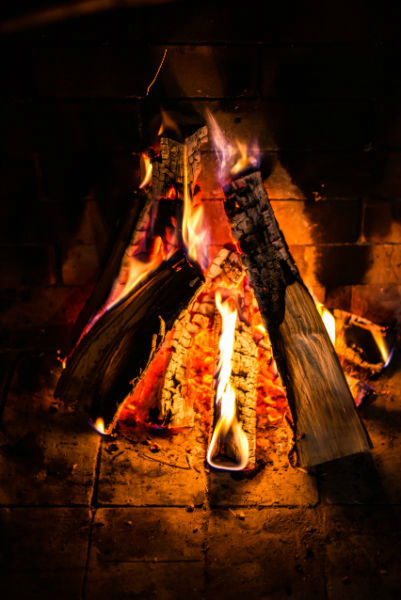
by Renee Brigman | Oct 21, 2016 | Chimney Inspection
When wood is heated, burnable hydro-carbon gases are released. When the gases get hot enough and mix with air — there is fire. When the fire is not burned hot enough, the unburned gases condense and collect on the inside of stovepipes and flues as runny acids...

by Renee Brigman | Nov 25, 2015 | Stinky Chimney
Wood-burning fireplace chimneys smell smoky whether they’ve just been swept or not, because no matter how thoroughly the flue is swept, every trace of soot and soaked-in creosote cannot possibly be removed. Even if every microscopic remnant of wood smoke...




